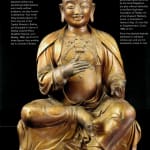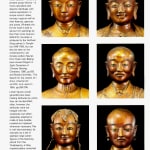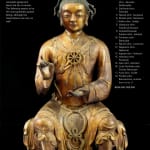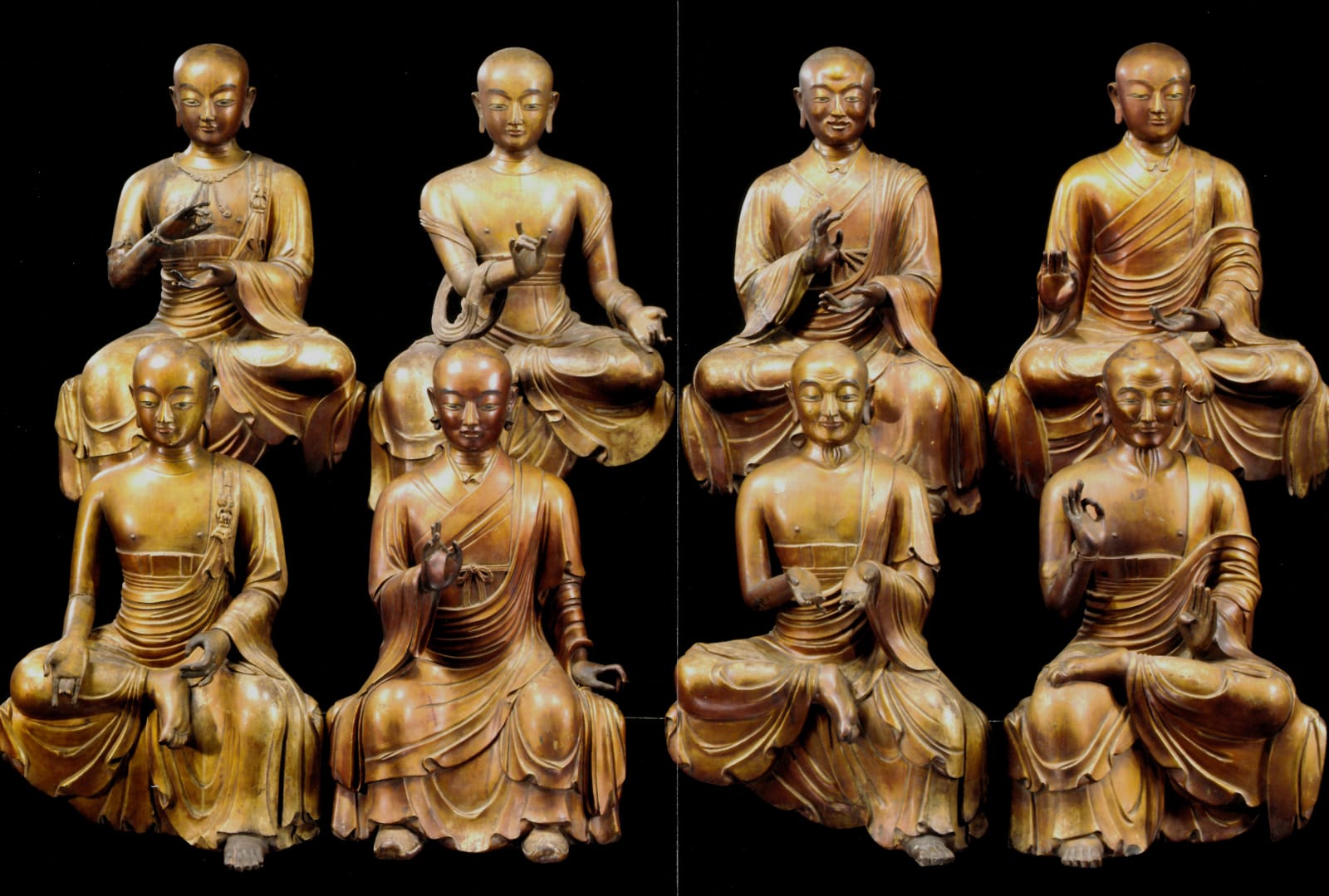Unknown
Further images
-
(View a larger image of thumbnail 1
)

-
(View a larger image of thumbnail 2
)

-
(View a larger image of thumbnail 3
)

-
(View a larger image of thumbnail 4
)

-
(View a larger image of thumbnail 5
)

-
(View a larger image of thumbnail 6
)

-
(View a larger image of thumbnail 7
)

-
(View a larger image of thumbnail 8
)

-
(View a larger image of thumbnail 9
)

-
(View a larger image of thumbnail 10
)

-
(View a larger image of thumbnail 11
)

-
(View a larger image of thumbnail 12
)

-
(View a larger image of thumbnail 13
)

-
(View a larger image of thumbnail 14
)

-
(View a larger image of thumbnail 15
)

-
(View a larger image of thumbnail 16
)

-
(View a larger image of thumbnail 17
)

-
(View a larger image of thumbnail 18
)

-
(View a larger image of thumbnail 19
)

-
(View a larger image of thumbnail 20
)

-
(View a larger image of thumbnail 21
)

-
(View a larger image of thumbnail 22
)

Provenance
Charlotte Horstmann Ltd. 1950/60;
From a European Estate
A very rare set of sixteen 18th Century gold lacquer and polychrome Lohan, each seated in different postures and hands in various mudra, with finely rendered characteristic features, including strongly defined facial features and body types, one with leaf-cap, several with uncovered torsos and sashes across the mid-body, two with Buddhist emblem pendant necklaces, a majority barefoot and several with shoes, the eyes, mouth and brows picked out in tones of red, black, and white, all wearing garmets with deep incised folds and pleats beneath gold- and red lacquered fabric and carved wood forms.
Lohan (Chinese: luohan, Sanskrit: arhat) is the name given to the major disciples of Sakymuni, the historical Buddha, who through wisdom and ascentism have reached the end of the Eight-Fold-Path, i.e. enlightenment
and have thus escaped the endless cycle of rebriths. Although they have achieved Buddhahood, they have remained on earth to protect and defend the faith until the advent of Maitreya, the Buddha of the Future.
Thea are belived to have perfect wisdom and knowledge of all things, are freed from sensual desires and can give perfection to others. They are also said to be invested with supernatural powers.
The development of this belief is somewhat obscure. Before his death, Sakyamuni entrusted the propagation of his faith to our followers, bikshus, named Kasyapa, Pindola, Kundahana and Rahula, who were to protect the four quarters of the world. To give them support in this task, the number of protectors of the faith was later increased to sixteen. The number of sixteen can bbe traced back at least to 5th century, and a full list of sixteen names was recorded in a translation by the monk Xuanzang, done in 653/4, after his return to China from a long sojourn in India from where he brought many Buddhist scriptures. In China the group was later often enlarged to eighteen - the reasons given for this vary - and eventually even a pantheon of five hundred was developed.
Group of sixteen or eighteen Lohan are in Chinese temples generally displayed along the eastern and western sides of the main hall.
Lohan can be depicted in a variety of ways and their representation varies from one group to another. Basically, however, there seem to be two different iconograpic traditions of Lohan images, one representing ascetic old men with foreign features, often grotesquely distorted, hairy, with overlong eyebrows, and with emaciated bodies; all indicating their asceticism and otherworldilness; the other tradition - which the present group follows - is more naturalistic and depicts individuals with serene expression, in simple monk's robes, varying in age as well as their features, gestures and poses. Whereas the former style is said to derive from paintings by Chan monk Guanxiu (832-912), the latter is attributed to the Northern Song painter Li Gonglin (ca. 1049-1106), but can also be seen on the contemporary Liao dynasty pottery figures from Yixian near Beijing (see Howard Rogers in Eight Dynasties of Chinese Painting, Cleveland, 1980, pp. 65f. and Richard Smithies, 'The Search for the Lohans of Ichou', Oriental Art, vol. XXX, no. 3, autumn 1984, pp. 260-274).
Lohan figures would generally have been holding attributes by which they can be identified; often, however, the attributes were not integral with the sculptures, but either separatly attached or made of less durable material and replaced wfenever necessary. This is well demonstrated, for example, by a set of eifhteen large Lohan figures of the Qianlong period from the Yonghegong, a Qing imperial palace converted into a monastery in the Qianlong reign. These figures are made with a lost-sand gunny body and their attributes, of various figure, and their attributes can similarly be exchanged, identification is always extremely difficult. Moreover, there does not even appear to be complete agreement about the list of names.
The following seems to be the most generally quotedlisting, although the transcriptions can vary as well:
1. Pindola-Bharadvaja (chin. Binduluo Boluodushe)
2. Kanaka-Vasta (chin. Jianuojia-Fazuo)
3. Kanaka-Bharadvaja (chin. Jianuoija Boliduoshe)
4. Subhinda (chin. Subinda)
5. Nakula (chin. Nuojuluo)
6. Bhadra (chin. Botuoluo)
7. Kalika (chin. Jialijia)
8. Vajraputra (chin. Fasheluofoduoluo)
9. Gopaka/Svopaka/Supaka (chin. Jiebojia)
10. Panthaka (chin. Bantuojia)
11. Rahula (chin. Luohuluo)
12. Nagasena (chin. Najiaxina)
13. Ingada (chin. Yinjietuo)
14. Vanavasa (chin. Fanaposi)
15. Ajita (chin. Ashiduo)
16. Cuda-Pantaka (chin. Zhucha Bantuojia)
17. Azita (chin. Azida)
18. Pindola (chin. Boluotuoshe, another form of no.1.)





















